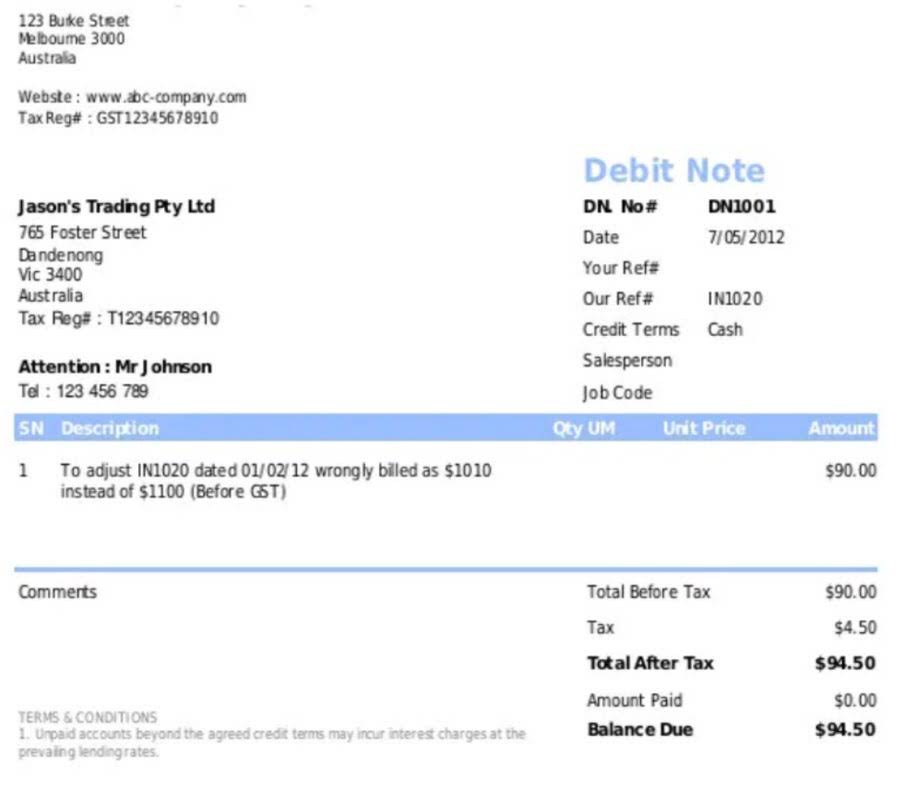
The earnings retained from a company’s net income are not included in this amount when brands report them on a statement of comprehensive income. For this reason, when financial experts record this revenue in the statement of comprehensive income, they report it as stakeholder equity. This statement combines the values of a company’s net income and other comprehensive income. The net income section gives details about a company’s overall earnings and costs that are taken from the income statement. You deduct the cost of each product sold, general expenditures, taxes, and interest from total revenue to arrive at net income.

Viewpoint allows you to save up to 25 favorites.
Brands refer to any profits, losses, costs, or revenues that they’ve not yet realized but did not include in net income on law firm chart of accounts a financial statement as total revenue. Contrary to net income, other comprehensive income is income (gains and losses) not yet realized. It reflects income that cannot be accounted for by the income statement. Some examples of other comprehensive income are foreign currency hedge gains and losses, cash flow hedge gains and losses, and unrealized gains and losses for securities that are available for sale.

#3 – Available for Sale Securities

Companies operating in multiple countries often deal with various currencies, and the value of these currencies can change due to economic conditions. When financial statements of foreign subsidiaries are consolidated into the parent company’s financial statements, the differences arising from currency conversion are captured in comprehensive income. This adjustment helps stakeholders understand the effects of currency fluctuations on the company’s overall financial health. Understanding comprehensive income is essential for investors, analysts, and other stakeholders who seek a deeper insight into a company’s overall financial health.
What’s the Benefit of the Comprehensive Income Statement?
- Changes in the funded status of these plans, due to factors like actuarial gains or losses and changes in the fair value of plan assets, are included.
- Net income is a key measure of a company’s financial health and shows how effectively it’s managing its costs and generating a return on its activities.
- By including both realized and unrealized gains and losses, comprehensive income offers valuable insights into a company’s overall financial health and helps stakeholders make more informed decisions.
- Think of gross revenue as the total amount of money your business brings in from selling its products or services.
This broader measure provides a more complete picture of an entity’s financial performance. The value of cash flow hedges is subject to fluctuate based on the market value of the assets. Pensions and/or post-retirement benefit plans, as well as foreign exchange translation adjustments, may also result in gains or losses. The shareholders’ equity section’s “built up other comprehensive income” is where income that was not included in the income statement is disclosed. The statement of comprehensive income gives company management and investors a fuller, more accurate idea of income. Information regarding the company’s unrecognized gains, losses, earnings, and expenses can be found in the other comprehensive income section – also known as total revenue.

These items are not part of net income, yet are important enough to be included in comprehensive income, giving the user a bigger, more comprehensive picture of the organization as a whole. Comprehensive income is payroll meant to display all financial and operational events. Specifically, it displays events that have an impact on the interests of non-owners. Unrealized profits and losses on investments that are readily available for sale are included in comprehensive income in addition to net income.
Boost eCommerce Performance
- A comprehensive income is an integral part of every business audit to gauge the actual profits made.
- In regards to taxes, it is permitted to report other comprehensive income after taxes, or one can report before taxes as long as a single income tax expense line item is included at the end of the statement.
- One significant component is unrealized gains and losses on available-for-sale securities.
- In some circumstances, companies combine the income statement and statement of comprehensive income, or it will be included as footnotes.
- The opposite of comprehensive income is narrowed-down income or income from its main operation.
These are investments that a company holds but has not statement of comprehensive income yet sold, and their value can fluctuate with market conditions. By including these unrealized gains and losses, comprehensive income reflects potential future impacts on the company’s financial position. Private businesses and nonprofit organizations include comprehensive income in net assets. Conversely, public firms record it as a distinct line item under stockholders’ equity on their balance sheet.